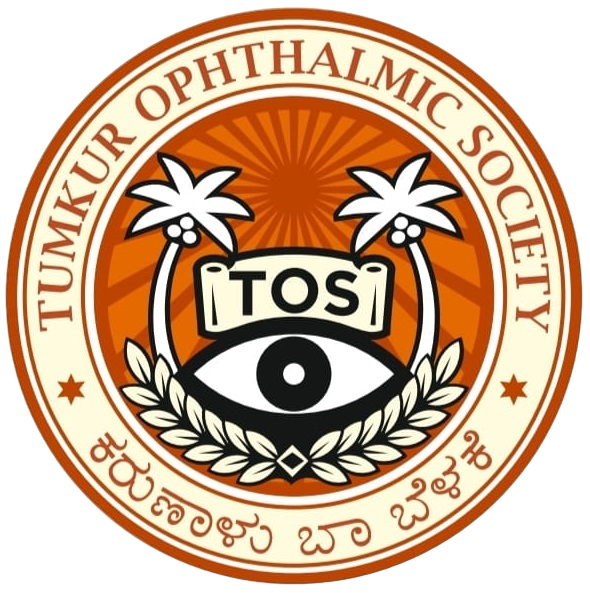Cataracts
What are Cataracts
A cataract is a clouding of the eye’s natural lens, which lies behind the iris and the pupil. The lens inside the eye works like a camera lens, focusing light onto the retina for clear vision. It also adjusts the eye’s focus, letting us see things clearly both up close and far away. The lens is mostly made of water and protein. The protein is arranged in a precise way that keeps the lens clear and lets light pass through it.
With the aging, some of the protein may clump together and start to cloud a small area of the lens. This is known as cataract, and over time, it may grow larger and cloud more of the lens, making it harder to see.
Cataracts are the most common cause of vision loss in people over age 40 and are the principal cause of blindness in the world.
Types of cataracts
A subcapsular cataract occurs at the back of the lens. People with diabetes or those taking high doses of steroid medications have a greater risk of developing a subcapsular cataract.
A nuclear cataract forms deep in the central zone (nucleus) of the lens. Nuclear cataracts usually are associated with aging.
A cortical cataract is characterized by white, wedge-like opacities that start in the periphery of the lens and work their way to the center in a spoke-like fashion. This type of cataract occurs in the lens cortex, which is the part of the lens that surrounds the central nucleus.
Cause of Cataracts
Besides advancing age, cataract risk factors include:
Ultraviolet radiation from sunlight and other sources
Diabetes
Hypertension
Obesity
Smoking
Prolonged use of corticosteroid medications
Statin medicines used to reduce cholesterol
Previous eye injury or inflammation
Previous eye surgery
Hormone replacement therapy
Significant alcohol consumption
High myopia
Family history
Treatment of Cataract
When symptoms begin to appear, the patient may be able to improve the vision for a while using new glasses, strong bifocals, magnification, appropriate lighting or other visual aids.
When the cataracts have progressed enough to seriously impair and affect daily life, surgery is the best option.
Cataract surgery is a simple, relatively painless procedure to regain vision. During surgery, the surgeon will remove the clouded lens and in most cases replace it with a clear, plastic intraocular lens (IOL).
New IOLs are being developed all the time to make the surgery less complicated for surgeons and the lenses more helpful to patients.
Presbyopia-correcting IOLs potentially help the patient see at all distances, not just one. Another new type of IOL blocks both ultraviolet and blue light rays, which research indicates may damage the retina.
